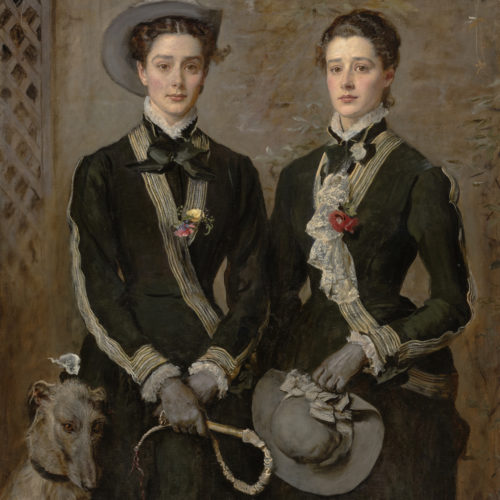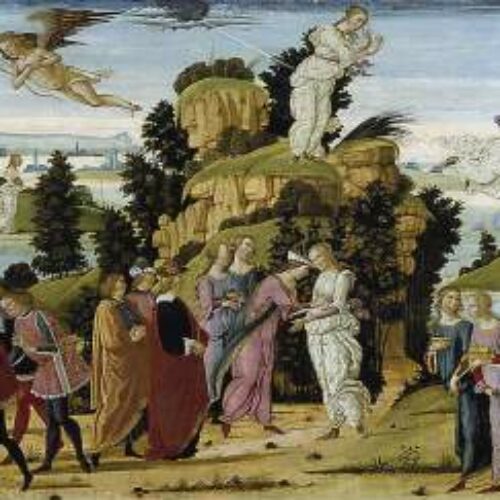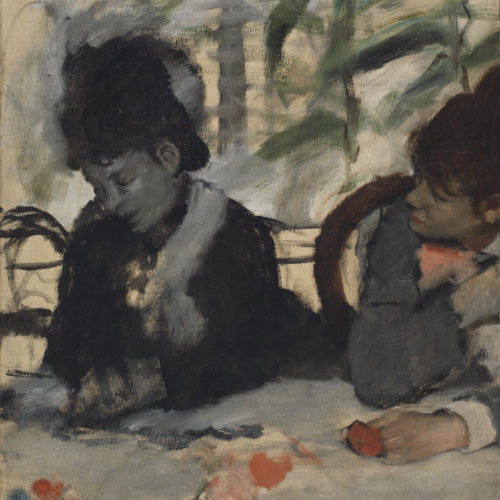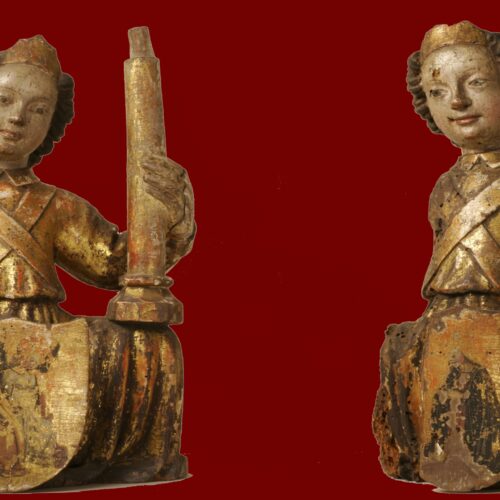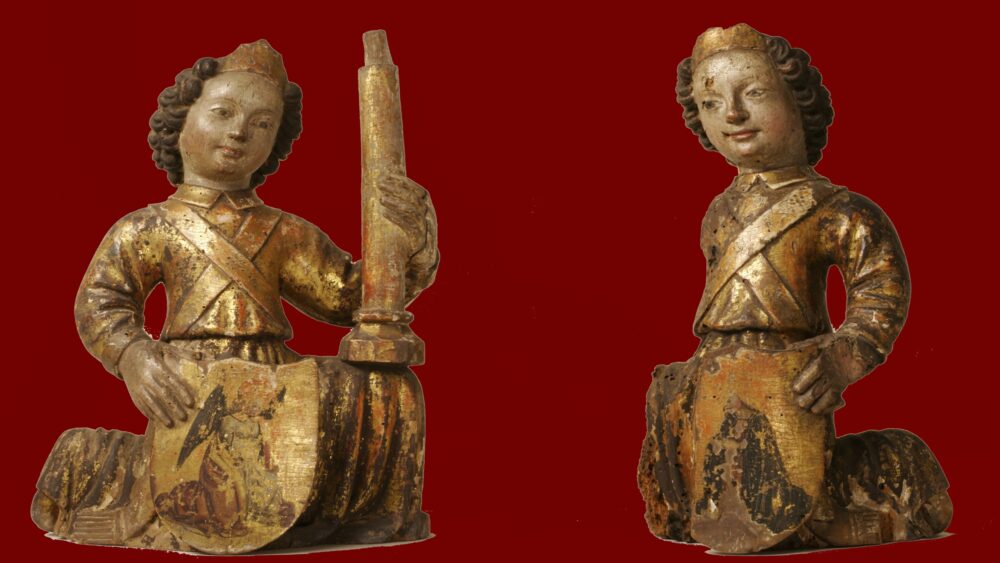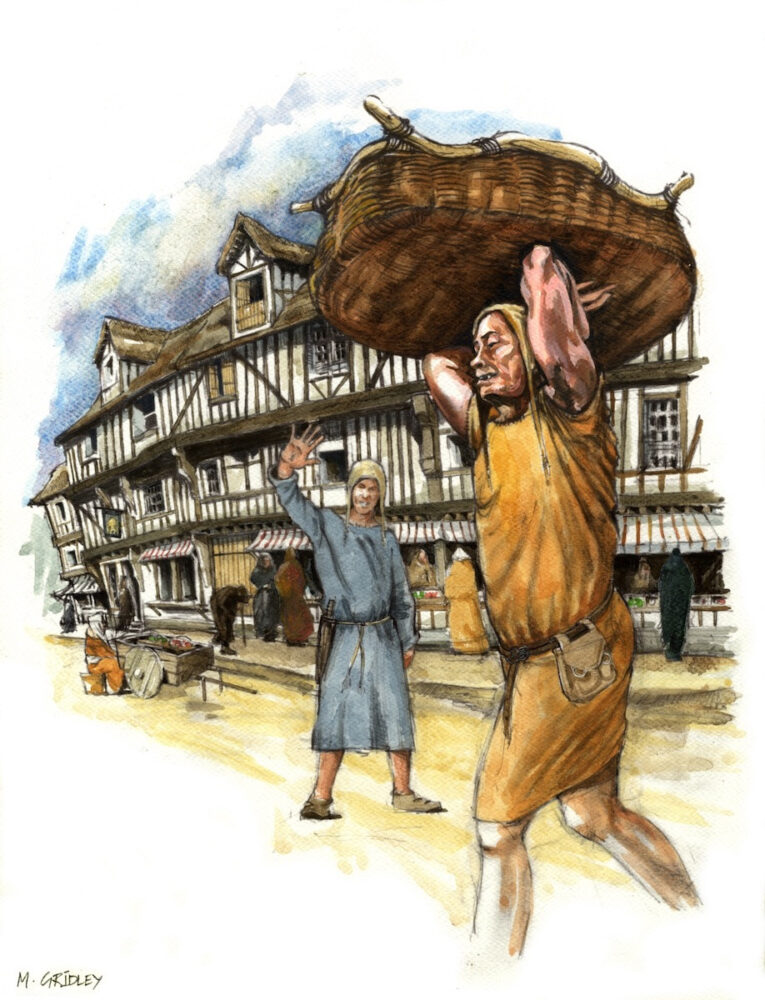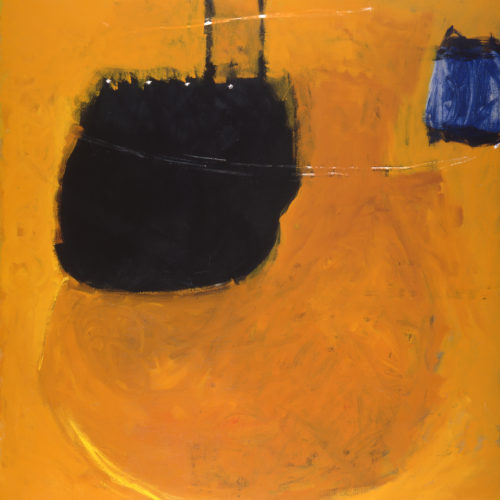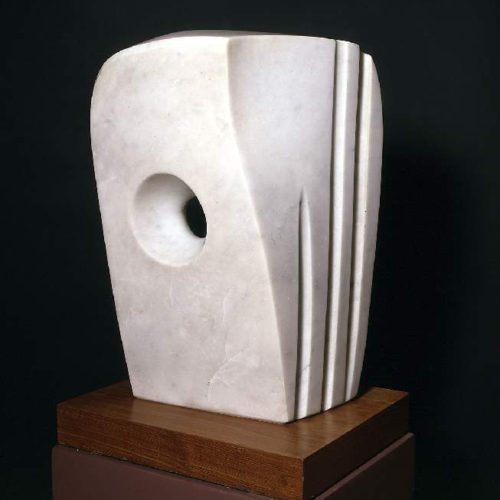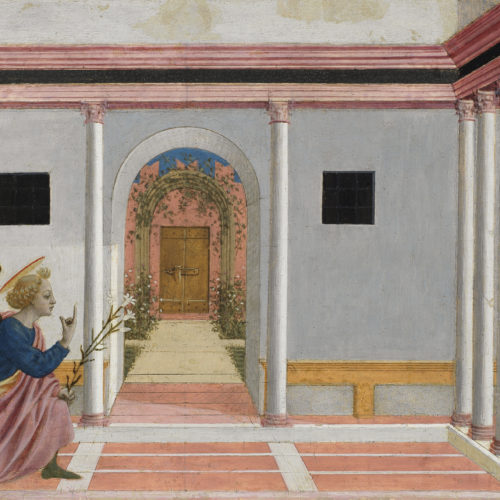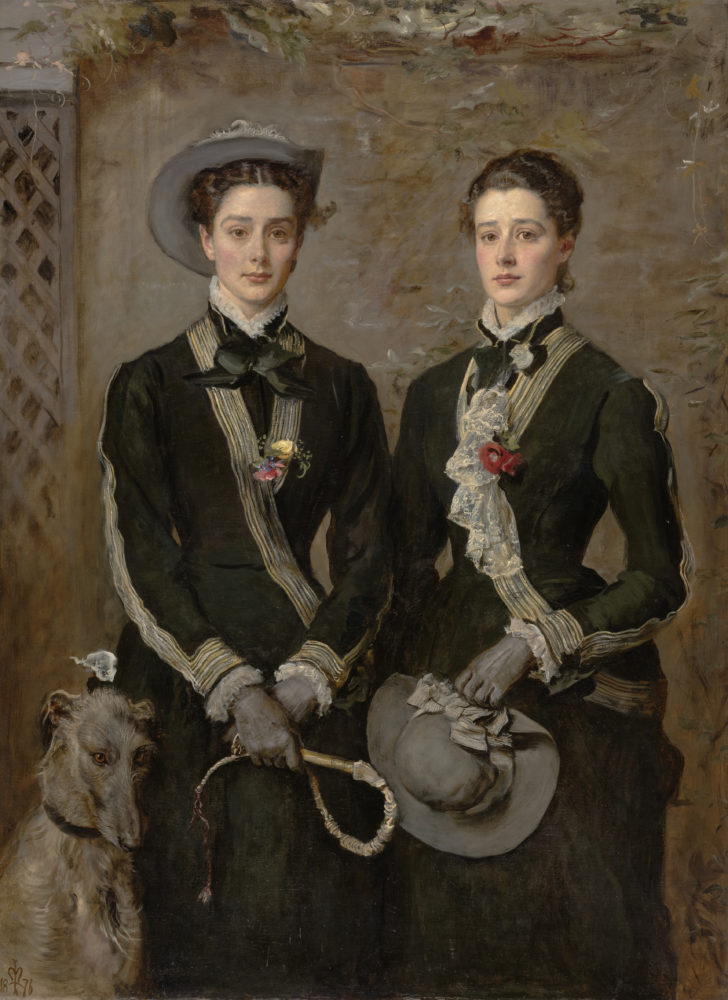
The Twins, Kate and Grace Hoare
by John Everett Millais (1829-96)
This resource has been designed to help students develop research skills by using a painting as a starting point.
By working through the project you will find out about a range of skills, strategies and methods which can then be applied to other museum and gallery objects. The resource has been written with reference to the A-Level Assessment Objectives to to demonstrate how to plan and manage a research project and use a range of different resources.

Cupid & Psyche, Jacopo del Sellaio, 1473
Ways of Seeing is an interdisciplinary research project focusing on on medieval art at The Fitzwilliam Museum. Cupid and Psyche by Jacopo del Sellaio is one of the museum’s best loved artworks and in 2019, local schools and children spent time studying the painting and responding creatively. A selection of their artwork was then displayed at the museum alongside the painting as part of the Inspire2020 exhibition.
This resource highlights some of the technical and art historical research that was carried out on the painting as part of the project and which formed part of the displays. It has been designed to support the development of research skills by demonstrating some of the different historical and scientific approaches that can be used to study museum objects and has been written by members of the project team.
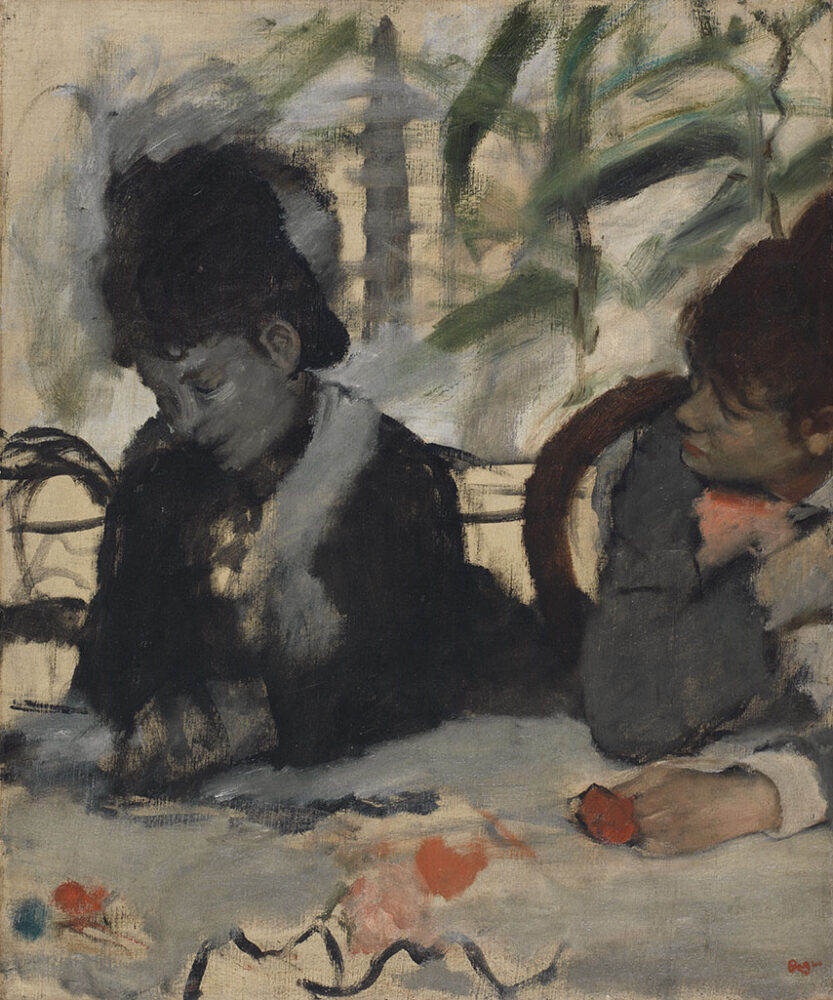
in 19th Century France
This resource is inspired a major exhibition of Degas’ work at The Fitzwilliam Museum and draws on a University of Cambridge research project examining the cultural history of friendship in Nineteenth Century France. It has been designed to help students develop their own research skills through the analysis of fine art and literature.
This resource is based on Polychromy Revealed, a research project looking at medieval sculptures from The Fitzwilliam Museum collection. At the start of the project we knew very little about them and so we used a range of technical and scientific methods to find out more. This resource has been designed to help students develop research skills by using an object as a starting point.
By working through the project you will find out about a range of skills, strategies and methods which can then be applied to other museum and gallery objects. The resource has been written with reference to the A-Level Assessment Objectives to to demonstrate how to plan and manage a research project and use a range of different resources.
Health and History: Skeletons as sources
How do historical conditions influence our health? How does health change history? The After the Plague Project investigates these questions by exploring health in medieval England (400-1500).
The most significant event during this period is the infamous Black Death (the plague epidemic of 1347-51), which killed 30% to 60% of Europe’s population. This project focusses on one medieval archaeological site in Cambridge, and the people who were buried there.
By working through this project, you will find out about a range of skills, strategies and methods which can be applied to your research or to artefacts you might see in museums and galleries. The resource has been written with reference to the A-Level Assessment Objectives to demonstrate how to plan and manage a research project and use a range of different resources.
This webpage includes images of human remains.
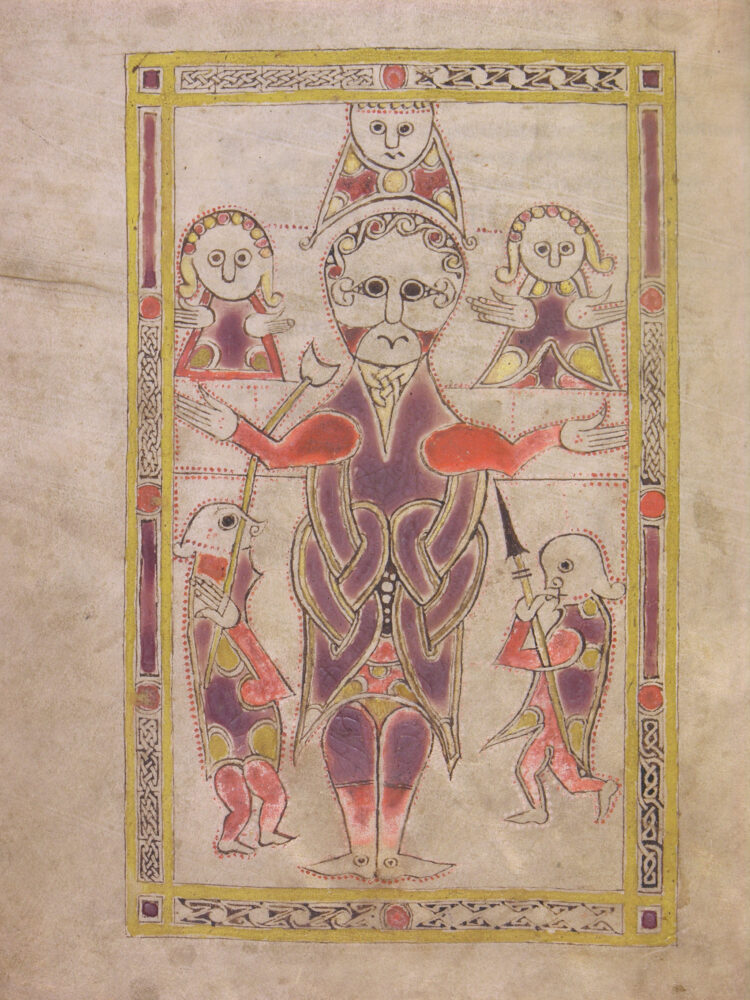
The Many Lives of a Manuscript
The Southampton Psalter
This resource has been designed to help students develop skills in independent research, using the medieval manuscript known as the Southampton Psalter as a starting point.
By working through the project you will find out about a range of skills, strategies and methods which can then be applied to other historical artefacts. The resource has been written with reference to the A-Level Assessment Objectives to demonstrate how to plan and manage a research project and use a range of different resources.
